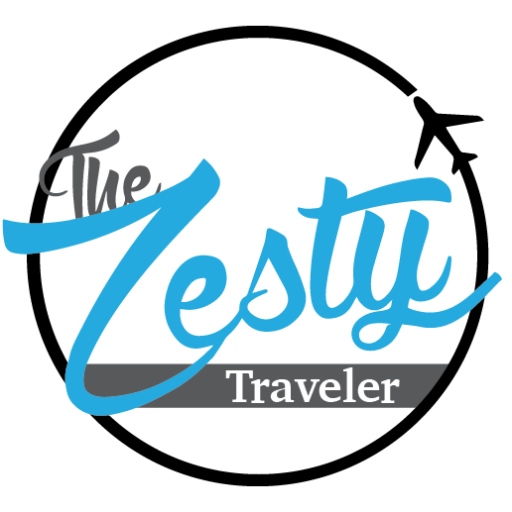In about a month I’ll be taking a trip to the San Francisco Bay area. For me, this has been the most difficult vacation to plan to date (it’s also the first time I get to see the Pacific!). There is simply so much to do and we only have a week to squeeze in the sites. I don’t like to plan every minute of my vacations because they are supposed to be a time for exploration and relaxation. In this case, however, the itinerary is going to be a little more set to accommodate the highlights of the region.
Here is my planning method for this trip:
1. Select your travel dates. We like to plan our trips around holidays whenever possible to maximize our vacation time from work. This can have a negative impact on the overall cost, but it can also come in the form of a special discount. For example, Memorial Day falls on a Monday and the vast majority of people have this day off; however, most will take off the Thursday, Friday before the weekend if they are taking extra time rather than the days following. So not only will you potentially find better deals but you will likely also find fewer crowds when you follow this line of thinking.
2. Plan your itinerary. If you intend to see anything other than the city itself, now is the time to plan out which days you will be where. We don’t want to only see San Francisco, we also want to spend some time along the coast and venture in to wine country. Our plan is to find an inexpensive hotel near the airport for night number 1. Our flight arrives later in the evening so we will pick up our luggage and rental car, check in to our hotel, find a bite to eat, and head straight to sleep. The following morning we will wake up and have a good breakfast (ideally we will find a hotel with a free continental breakfast) then start driving down the coast to Big Sur. We’re going to spend two days there and then head back up the coast to San Francisco where we will give ourselves time to relax and explore for three to four days. Our last two days will be spent driving up into Sonoma Valley to explore a bit of wine country before heading to the airport and back to reality.
3. Find a place to rest your head. There are several ways to go about this and I find that a combination of them is the way to go. The most obvious is to ask friends and family who have already been there. Your other options include: a travel agent, a basic online search, searching specific websites of your preferred hotels, use Google’s map feature, or visit websites such as AAA, Trip Advisor, and Hotels.com. What’s important to you? For us, we are looking to find the optimal combination of location, free WiFi, free parking, and free breakfast. At this point I open up an Excel Spreadsheet or Word doc and start making notes about the places I’m finding. From these lists you can alter, delete, and ultimately uncover the ideal place for you to rest your head.
4. Plan your activities. This is the point that I like to leave as free form as possible. You never know what you might find to explore that you weren’t aware of before you arrived, so leave yourself open to new experiences. We do know that we want to see Lombard Street, Alcatraz, the California Academy of Sciences, and wander Fisherman’s Wharf. We are also working on selecting a few wineries to visit in the Sonoma and Napa Valleys.
5. Plan your meals. Point 5 is more the antithesis of what you should do. There will likely be a restaurant or two that you’ve heard of that you simply must try, but in general you will be happier planning your meals on the fly based on your activities of the day and recommendations from the locals.
6. Pack your bags! I’m sure this point is the most obvious, but just in case…take a look at the weather forecast before you go. PLEASE keep away from weather.com and instead try a more reputable site like the National Weather Service or Intellicast. If you can, take a peak at some of the climatology because weather forecasts can only be reasonably accurate up to three days out. Along with the weather keep in mind the activities you are considering. Do you need room for hiking boots? Or maybe stilettos for one of those few planned dinners? Thinking in layers is one of the most fail safe ways to pack, especially for a coastal location. Hoodies and sweatpants or jeans to cover up t-shirts or tank tops and shorts.
Ask a friend or relative to take you to the airport to save on parking fees, make sure the dog and cat are going to be cared for, lock up the house, and ride off in to the sunset!
